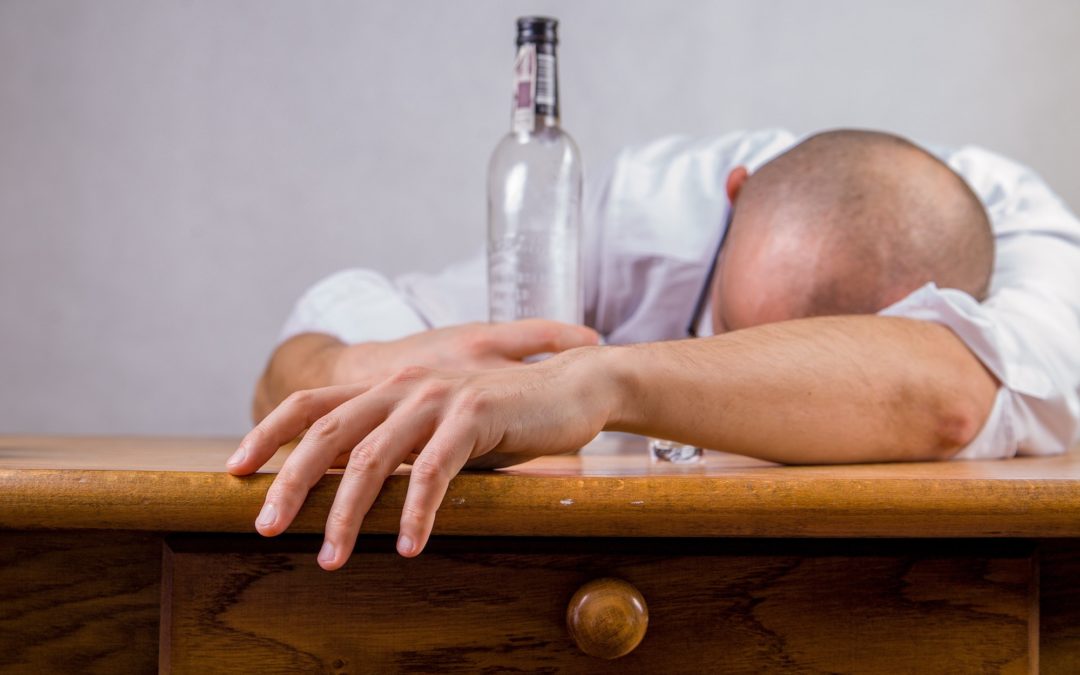Each year, nearly 200,000 people pass away globally due to drug overdoses. That’s 200,000 likely-preventable deaths that could have been avoided with proper treatment. It is important to note, though, with any statement like that, that there will always be those who can’t make it through treatment. The number of deaths that occur at drug and alcohol rehabilitation clinics is nothing close to the number of overdose deaths that occur on the streets, or within homes, but for some, treatment can’t come soon enough. Barring the legitimate concerns around disreputable rehabilitation centers, there is nothing to suggest that even a short-term rehabilitation program can’t help a person living with addiction. For most people, a short, simple program is enough to help them remove themselves from their dangerous and escalating behaviors. For those living with severe cases of addiction, longer-term programs are available, but first, ask your doctor what they recommend. Rehab facilities and treatments are continuing to improve always, and so is the national environment for the conversation surrounding drug and alcohol addiction and treatment.
Opioid Treatments
While the legal news has less of a bearing on the progress of opioid treatment, it is important because serious legal action is being taken, as well as people held responsible, for the titanic push on the part of drug companies to consume more and more drugs, eventually resulting in leagues of people living with addiction to these incredibly pervasive drugs. Because of this push for opium-derived painkillers, hundreds of injured people became addicted to these drugs while innocently seeking relief from their pain. While the news isn’t recovery, it is news that can shift public favor away from ill-intentioned companies, and divert more traffic to treatment facilities. Public perception is still a huge deal, and more positive public perception can positively affect rehab.
Yet another amazing breakthrough for opioid addiction treatment is a powerful drug called Naltrexone, which to date has been used to successfully detox hundreds of thousands of opioid-dependent adults. Naltrexone has also been used to treat people with other addictions, too, including an addiction that causes even more deaths than heroin or meth.
Alcohol Treatment
Approximately 88,000 people are killed by alcohol-related causes every year. This includes alcohol poisoning, drunk driving, and diseases resulting from alcohol abuse, and violent crimes committed by individuals under the influence. This startling number is due partially to the ease of obtaining alcohol. Bored teens can easily find their parents’ stash, and experiment. Teens who develop an alcohol addiction are likely to have issues with alcohol abuse later in life.
There’s a new method to combat alcohol addiction, though – and it’s an opioid addiction treatment. Believe it or not, an opioid blocker, Naltrexone. It’s been approved for use in alcohol-dependent adults to curtail intense urges to drink. What’s incredible about this drug is that it boasts a nearly 80% recovery rate when used to alleviate major symptoms of alcohol dependency.
Naltrexone, though, isn’t the only opioid addiction treatment that’s been helping people living with alcoholism. At least two other medicines, Subuxone and Buprenorphine, both have shown promising results in the battle against addiction to both alcohol and opioids. Both drugs have also been proven profitable, as well – sales for Buprenorphine exceeded sales for Adderall and Viagra, a momentous step forward for investors who thought that there was no money in healing. Even with these great steps in the name of healing people living with addiction, only one in ten will receive the care that they need.

